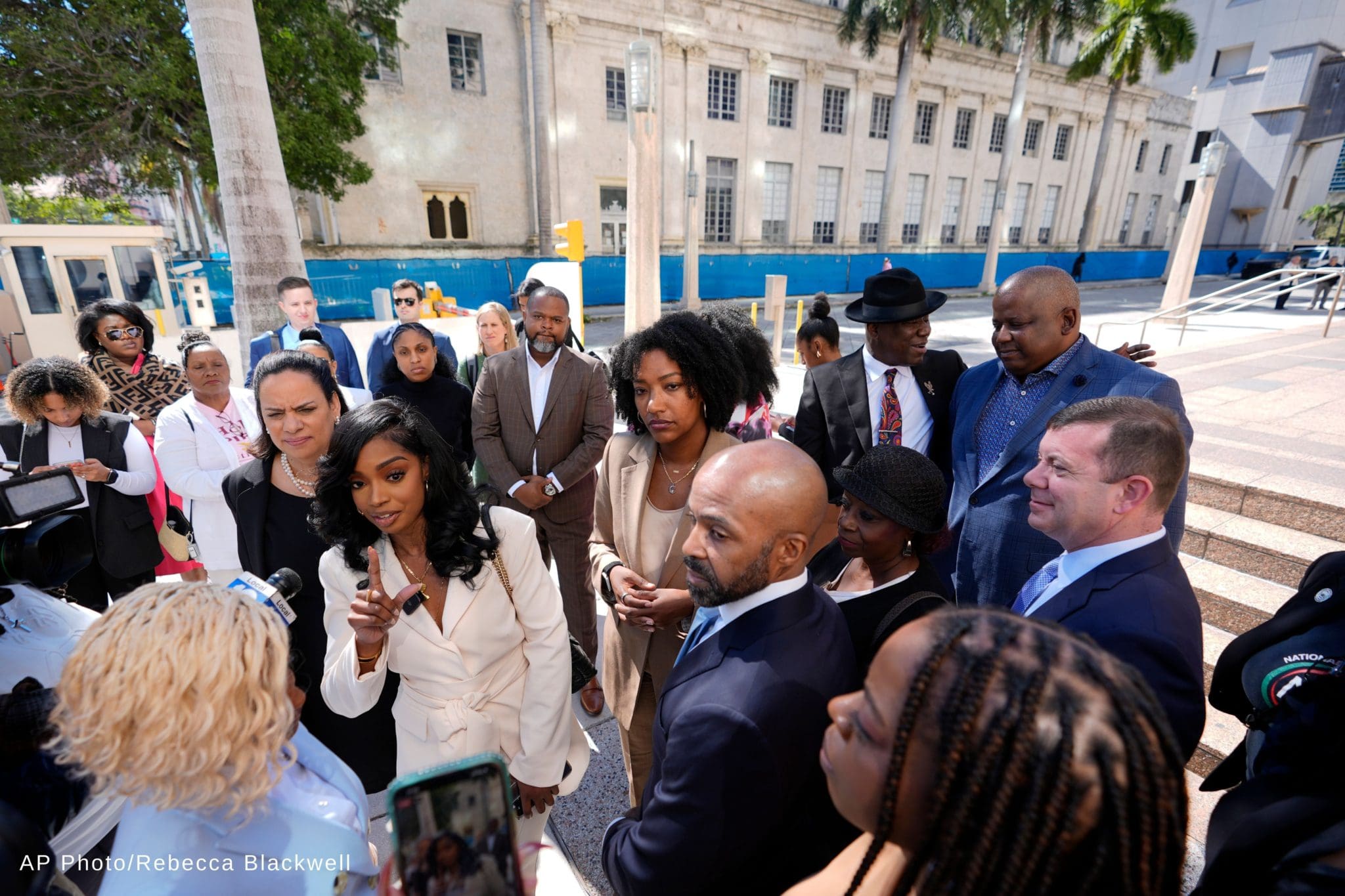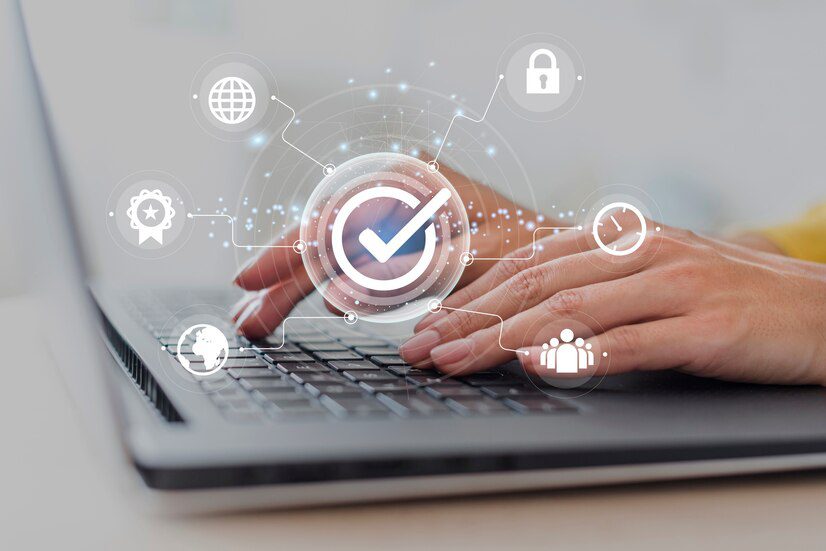[vc_row css=”.vc_custom_1591322137641{padding-bottom: 40px !important;}”][vc_column][vc_column_text]Nonprofits play a critical role educating candidates and policymakers on behalf of the communities they serve. However, nonprofits also help individuals in their communities use their own voice in an election year as advocates and voters.
Elections are the primary vehicle to ensure low-income and marginalized communities’ needs are prioritized by elected officials and the systems that govern elections. Voter registration is only the first step. Ultimately, it does not matter if someone is merely registered; their voice will only be heard if they vote on election day.[/vc_column_text][/vc_column][/vc_row][vc_row full_width=”stretch_row” css=”.vc_custom_1591364496025{padding-top: 40px !important;padding-bottom: 40px !important;background-image: url(https://independentsector.org/wp-content/uploads/2020/06/Encourage-to-vote.jpg?id=17543) !important;background-position: center !important;background-repeat: no-repeat !important;background-size: cover !important;}” el_class=”GoWhite”][vc_column][vc_column_text]
Encourage Americans to Vote
Your staff is overwhelmed, and capacity is stretched. You don’t have resources to host a formal “get out the vote” (GOTV) campaign. How can you help your community vote? First, consider integrating these three factors that help motivate individuals to vote:[/vc_column_text][vc_row_inner equal_height=”yes” content_placement=”top” gap=”30″][vc_column_inner width=”1/3″][vc_column_text]
Personal Contact
Any type of personal contact close to the election from a trusted messenger like you increases a person’s likelihood to vote. In person or the phone is best, but personalized email, social post or mail help as well.
[/vc_column_text][/vc_column_inner][vc_column_inner width=”1/3″][vc_column_text]
Knowing What’s at Stake
Likely voters are motivated by knowing about the potential impact of a contested candidate race or ballot measure.
[/vc_column_text][/vc_column_inner][vc_column_inner width=”1/3″][vc_column_text]
Making Voting Easier
New voters benefit from any message or assistance that makes it easier to vote. Finding a poll or early voting location. Getting translation assistance. Seeing a sample ballot. Having a plan of when they’re going to vote.
[/vc_column_text][/vc_column_inner][/vc_row_inner][/vc_column][/vc_row][vc_row full_width=”stretch_row” css=”.vc_custom_1591363706600{padding-top: 40px !important;padding-bottom: 40px !important;background-color: #1e94bc !important;}”][vc_column][vc_column_text el_class=”GoWhite”]
Ten Easy to Implement Tactics Common to Nonprofits
[/vc_column_text][vc_row_inner gap=”30″][vc_column_inner width=”1/2″][vc_column_text el_class=”GoWhite”]
For Staff
- Include personal messages in internal staff communications with dates and voting information.
- Have the CEO/ED send an email reminding staff of time off to vote policies.
- Do a staff education activity on a ballot measure or the election’s impact on your issue and the community you serve.
- Circulate a sample ballot or nonpartisan voter guide or list of key races.
[/vc_column_text][/vc_column_inner][vc_column_inner width=”1/2″][vc_column_text el_class=”GoWhite”]For Clients and Constituents
- Put election reminders in communications. Two weeks out, one week out and day before.
- Create a flyer with basic voting information. Hand out at the front desk and during staff-client interactions.
- Recruit youth to lead activities. People respond to young people asking them to vote.
- Create visibility: In the final week, use announcements at events and meetings, messages boards, and signage to make the election visible.
- Organize a phone bank to contact people whom you’ve helped register or you have phone numbers.
- Devote the day before Election Day to asking everyone when and where they plan to vote. Have a phone number or website to go to for help.
[/vc_column_text][/vc_column_inner][/vc_row_inner][/vc_column][/vc_row][vc_row gap=”30″ equal_height=”yes” css=”.vc_custom_1591363796965{padding-top: 40px !important;padding-bottom: 40px !important;}”][vc_column][vc_column_text]
Fight Voter Suppression
The opposite side of the voter mobilization coin is fighting voter suppression. Voter suppression policies are designed to serve as barriers to prevent Americans from voting. Examples include efforts to shorten times available for voting or requiring voters to present forms of identification that all citizens do not own. These barriers often disproportionately impact people of a particular race or ethnicity, gender, age, or income level.
If the communities you serve face voter suppression, help them fight back with these resources:
- Utilize resources and assistance from nonprofit peers to help individuals within your community overcome barriers. Resources include https://866ourvote.org/ or using the VoteRiders chatbot to answer questions about voter ID laws in your state.
- Report suspected cases of voting irregularities or fraud to the U.S. Election Assistance Commission or other appropriate agencies.
[/vc_column_text][/vc_column][/vc_row][vc_row full_width=”stretch_row” css=”.vc_custom_1591322098883{padding-top: 40px !important;padding-bottom: 40px !important;background-color: #efefef !important;}”][vc_column][vc_column_text]
Tools for Nonprofits
- Independent Sector partnered with Nonprofit VOTE and the Council on Foundations to publish toolkits designed to help both community foundations and private foundations engage grantees, donors, and communities in new ways to help elevate our democracy and the voices of the people they serve.
- The Nonprofit Voter Engagement Network has re-launched its NonprofitVote website with a Voter Participation Starter Kit to help nonprofits learn the basics about nonpartisan voter engagement, voter registration, voter education and candidate forums.
- The League of Women Voters website provides tips for successful voter registration drives and answers to frequently asked questions about sponsoring candidate debates.
[/vc_column_text][/vc_column][/vc_row][vc_row full_width=”stretch_row” gap=”30″ css=”.vc_custom_1591363902765{padding-top: 40px !important;padding-bottom: 40px !important;background-color: #2d3f4b !important;}”][vc_column][vc_column_text el_class=”GoWhite”]
Ensure our Votes are Secure
A part of motivating individuals to vote is reassuring them that their voice counts as part of a fair and accurate election process. Therefore, any voter mobilization effort must balance increasing access to voting with instituting policies that ensure voting technology and procedures are secure (and also provide back-up paper records).[/vc_column_text][/vc_column][/vc_row][vc_row][vc_column][vc_column_text css=”.vc_custom_1591363957153{padding-top: 40px !important;padding-bottom: 40px !important;}”]
– Anne Meyers, Senior Director of Advocacy Campaigns, Habitat for Humanity
[/vc_column_text][/vc_column][/vc_row]



